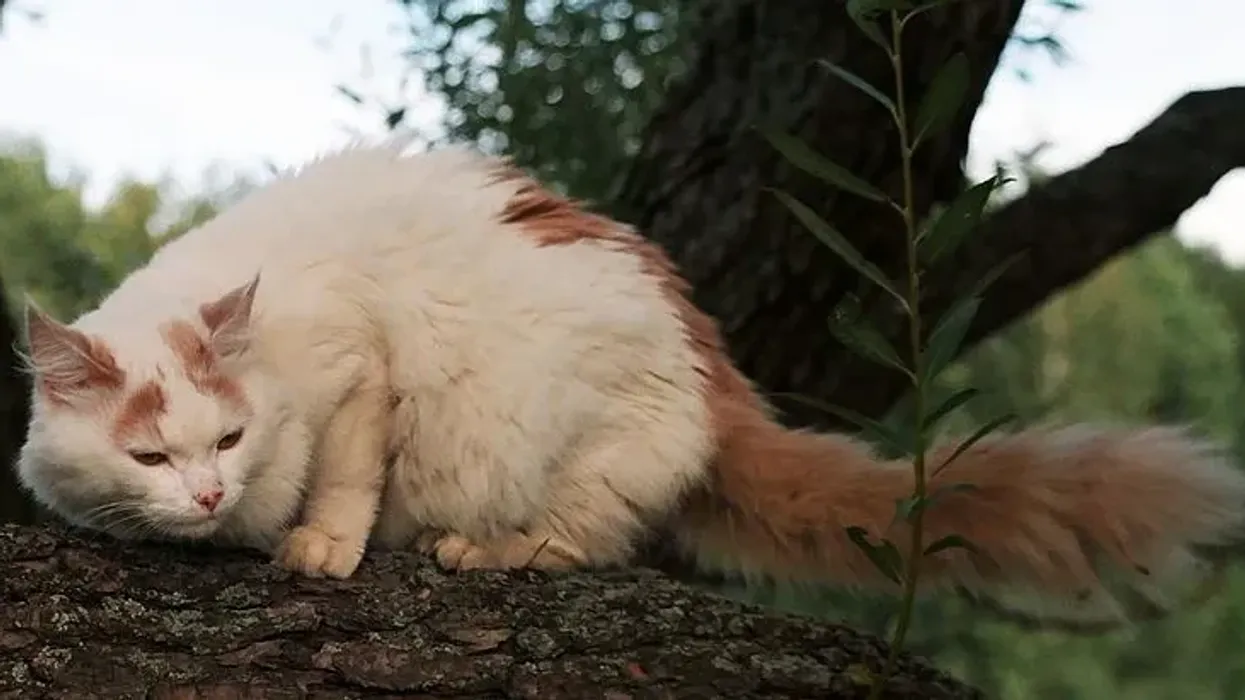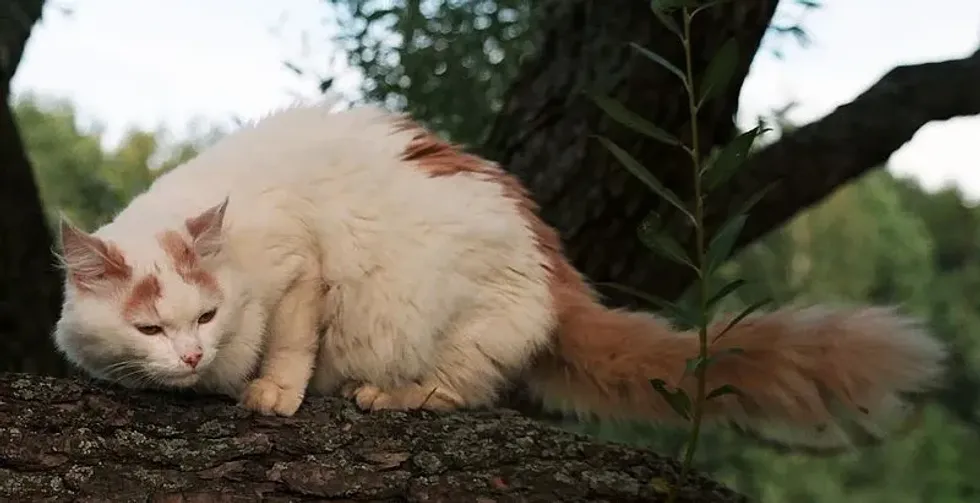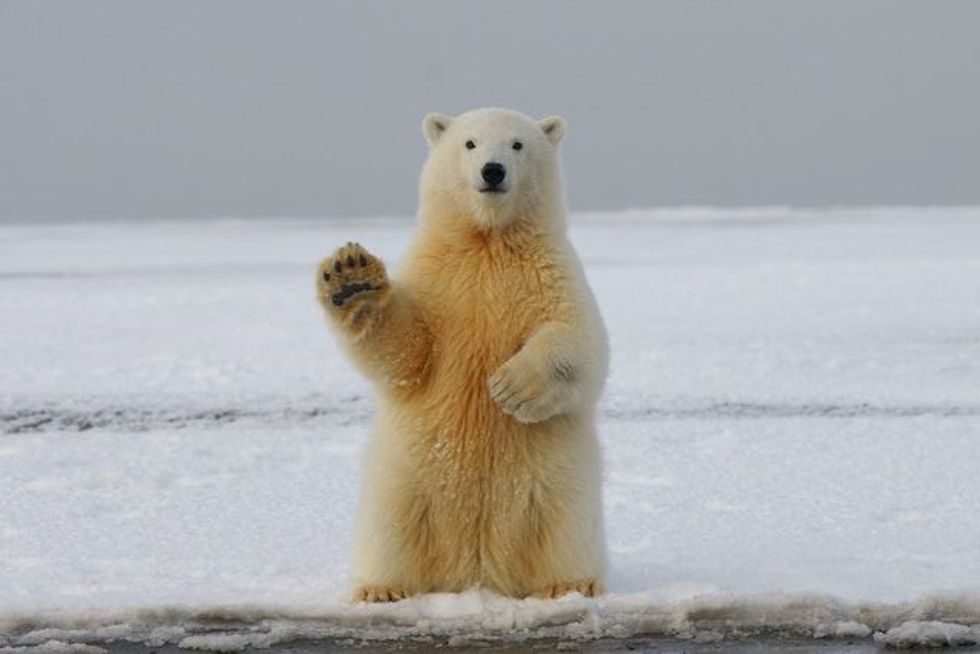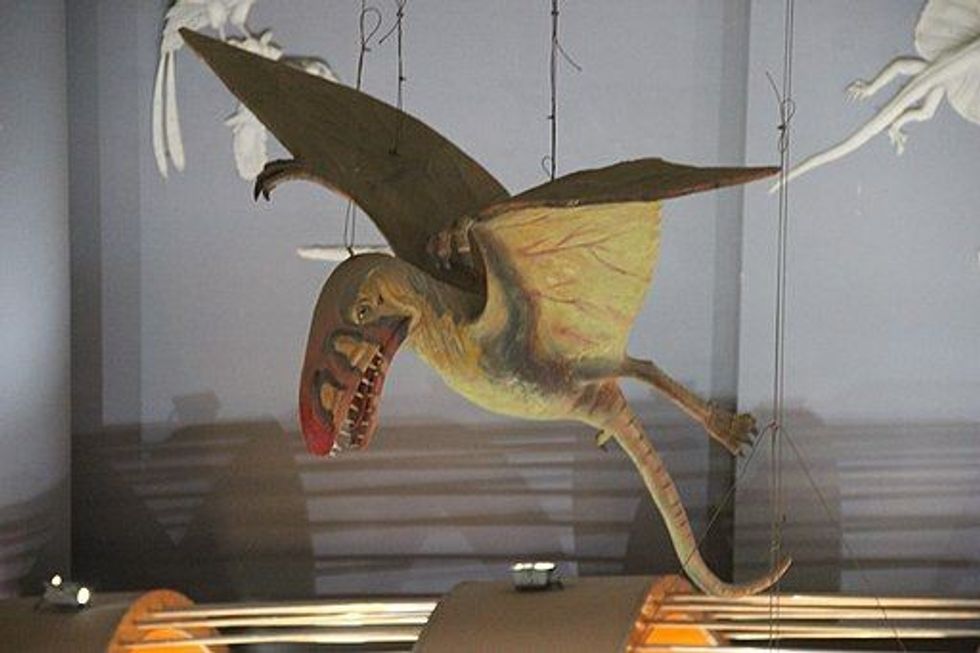Have you heard about an odd-eyed cat with one blue eye and one amber eye? A cat with a plush coat like cashmere; a cat that stands out for its distinctive van coloration. Isn't it amazing? Yes, we are talking about the Turkish van cat. Please read our article to have a full scoop on this unique cat breed.
The Turkish Van cats, also referred to as the swimming cats, are domestic cats. They are rare, naturally occurring breeds that originated in central and southwest Asia. These furry cats are fun-loving, curious, and highly energetic, who like to play, jump and explore.
Vans are loving, affectionate, and loyal to their owners; They are well socialized and comfortable even with kids running around them. They form a close bond with their owners and are likely to be protective.
Turkish van kittens are not much expensive and can cost you around $800 to $1500. The breeder decides the price depending on the van pattern, breeding location, body proportion, and coat color.
Scroll down to learn more exciting facts about these ancient cats. If you find our article engaging, check our other articles on Japanese bobtails and Amur leopards.
Turkish Van Interesting Facts
What type of animal is a Turkish Van?
The beautiful Turkish Van or simply van is a rugged, large domestic cat that is energetic, playful, and affectionate. The breed is famous for its attractive, distinctive markings, normally a white coat with colored markings only on its head and tail.
What class of animal does a Turkish Van belong to?
Turkish Van cats are small carnivorous mammals that humans domesticate as a pet. They belong to the Mammalia class in the cat family Felidae.
How many Turkish Vans are there in the world?
The exact number of the Turkish van's population is not precise. However, they are claimed to be one of the oldest and rarest cat breeds globally. The Cat Fanciers Association (CFA) of the United States and cat registries have claimed that on average, only 100 new Turkish van kittens are registered per year, making them the rarest cat breeds.
Where does a Turkish Van live?
The Turkish vans, also nicknamed Noah's Ark, originated naturally in the region of central and southwest Asia area. It is an ancient breed rare even in its native place and eventually migrated to central Europe in 1955.
They can also be found in Iran, Iraq, Armenia, Syria, parts of the Soviet Union, and first brought to the United States in 1982.
What is a Turkish Van's habitat?
Initially, their native habitat is the mountainous area surrounding Lake Van in the Middle East, and they have been domesticated in their homelands for many years. Thus, making them adapt even to extreme climates. However, they live in the urban, suburban location of human homes.
Who do Turkish Vans live with?
These cats live with their owners and other family members, household pets.
How long does a Turkish Van live?
The magnificent Turkish vans have an average lifespan of 12-18 years.
How do they reproduce?
Cats are known to be prolific breeders, and they reproduce through sexual reproduction between males and females. When a mature female cat is in heat, she meows to indicate that she is ready to reproduce.
After mating in about two months, she gives birth to two to three kittens. Breeders keep kittens with the mother until 12 to 16 weeks of age.
What is their conservation status?
The Turkish Van's conservation status is Not Evaluated.
Turkish Van Fun Facts
What do Turkish Vans look like?

The Turkish van is a heavily-built domestic cat with long legs, round paws, and a long foxtail. Their head is wedge-shaped with almond-shaped eyes, a long pink nose, and tufted ears. These cats' eye color is blue, amber, or sometimes odd-eyed (Heterochromia).
They have a soft semi-long coat with a cashmere-like texture, color markings on the head, tail, and the rest body is white; this is due to the piebald white spotting gene.
The markings can be of different colors like red, cream, blue, black, or sometimes red-tabby, cream-tabby, brown tabby, and tortoiseshell. Seasonal changes influence the Turkish Van's coat length; the summer coat appears shorter and less dense than the winter coat.
They naturally have a water-repellant coat that is quick to dry but makes it difficult to clean them properly.
How cute are they?
These gorgeous kitties look stunningly cute with their all-white, soft-silky cashmere coats and distinct color markings around the tail and ears.
How do they communicate?
The Turkish van is a vocal cat breed that communicates vocally with its owners by distinct sounds like meow, growl, purr, hiss, and chirp and uses body language to communicate with other cats. They use the meow sound to talk to their owners when hungry or need attention and even greet them.
If angry or scared, they would swish their tail back-forth and growl or hiss. Walking with an upright tail means they are relaxed and friendly.
How big is a Turkish Van?
They are slow to mature and need three to five years to fully grow as a well-balanced adult with muscular bodies and strong shoulders. It has an overall height of 9 - 11 in (23 - 28 cm) and a body length of 14 - 17 in (36 - 43 cm).
Thus, Turkish van cats are taller than Turkish angora.
How fast can a Turkish Van run?
The Turkish vans have high activity level. They are athletic breeds that love to climb, jump and explore. The exact running speed of a Turkish van is unknown. However, a domestic cat can run as fast as 30 mph (48 kph) in short bursts.
How much does a Turkish Van weigh?
The Turkish van cat is considered one of the larger cat breeds. A fully grown cat has an average weight of approximately 12 - 18 pounds i.e, about 5 - 8 kg.
What are the male and female names of the species?
Generally, an adult female cat is called a molly or a queen, and an adult male cat is called a tom. There are no sex-specific names for Turkish van cats.
What would you call a baby Turkish Van?
The baby of the Turkish van is called a kitten.
What do they eat?
Turkish van cats are obligate carnivores by nature. Being a domestic cat doesn't mean they eat the same way as humans or dogs do. They need to eat a high percentage of meat for fat and proteins to get all the nutritional requirements. They also sometimes prey on small rodents and birds.
As van cat is large, it is important not to overfeed to prevent health issues like heart disease, diabetes, and arthritis. Balanced meals two to three times a day will help them stay fit and healthy.
Are they friendly?
The Turkish van breed is very social, friendly and will get along well with people and other household animals. They tend to have a strong bond with their owners.
They are very playful and lively and will be happy to cuddle but don't like being a lap cat. In a short time, these loving and loyal cats will follow you around the house as members of the family.
Would they make a good pet?
Are you looking for a friendly, intelligent, and active pet? Then your search ends here.
Owning a pet needs a lot of responsibility. Luckily, you needn't worry much after bringing a Turkish van cat into your family as they tend to get along well with kids, adults, and other pets like cats and dogs.
However, this breed doesn't do well when left alone for a long time, so be sure that you keep this intellectual kitty entertained. Although they love cuddles but not much of a lap cat, and will even sleep in your bed.
If you're looking for a loyal, mischievous, entertaining, and low-maintenance cat with a dog's personality, then Turkish Van would make a good choice and can be a great fit in your family.
Did you know...
Here are some amazing facts about these cats
It is believed that the Turkish Van is a white cat with a color pattern on the head and tail. However, genetically, it is a colored cat with huge patches of white, a pattern caused by the piebald white spotting gene.
According to Turkish folklore, the breed is believed to be sailed amongst the pairs of animals Noah loaded onto his Ark before the great flood! And so is nicknamed Noah's Ark.
The term 'Thumbprint of God' is a small mark on some of this breed's shoulders, which is considered good luck.
This cat breed is regularly imported from Turkey to maintain genetic diversity and prevent inheritable health problems.
How did the Turkish Van get its name?
The history of the Turkish van breed name refers to the locationwhere it originated, near the Lake Van region in Eastern Turkey. Van is a term describing the colored markings on the head and tail, whereas Turkish is the breed's native location.
This cat was initially referred to as the Turkish cat but was renamed Turkish van to distinguish it from the Turkish angora, an entirely separate breed. In 1985, The International Cat Association (TICA) recognized Van as a new breed.
How do I know if my cat is a Turkish Van?
The simple way to identify a Turkish Van breed is by their coat color that comes in three color varieties and their most notable eyes like gemstones. Also, by their personality and temperament.
Although the Turkish van and the Turkish Angora may look similar and are both from Turkey, they are distinct breeds with different geographical areas and physical appearances.
The common health problem among this breed is obesity. So, It is important for the owners not to over-feed their pets to prevent obesity-related health problems such as diabetes and heart disease (hypertrophic cardiomyopathy). Overall, these breed cats are healthy and strong.
Here at Kidadl, we have carefully created lots of interesting family-friendly animal facts for everyone to discover! Learn more about some other birds from our Abyssinian cat facts and Persian cat facts pages.
You can even occupy yourself at home by coloring in one of our free printable Turkish Van coloring pages.








